Electro Coating
To extend heat exchanger life in corrosive environments, Modine’s products can be electrocoated with a durable and flexible epoxy coating. The process is often referred to as “E-coat.” The coating is applied uniformly over the heat exchanger surface. Modine uses a cathodic electrode position of epoxy material that provides the highest corrosion resistance when compared to other electrocoating processing options. We call this process ElectroFin®, and it is our exclusive process.
Electrocoating with ElectroFin® is a multi-step process. The heat exchanger is washed to remove contamination and ensure all surfaces are clean. The fundamental principle behind electrocoating is that the coating material has an opposite charge from the part to be coated. Our electrocoating system applies a DC charge to the heat exchanger while immersed in a bath of oppositely charged molecules. The molecules are drawn to the metal, forming an even, continuous film over the entire surface. At a certain thickness, the coating insulates the metal, which slows the attraction and allows the process to become self-limiting. An oven bake cross-links the coating uniformly to ensure optimal properties on the heat exchanger surface. Finally, a UV protective topcoat can be applied to shield the finish from ultraviolet degradation and ensure coating durability and long life.
This coating process creates a smooth, consistent, and flexible coating that penetrates deep into all cavities and covers the entire heat exchanger, including the fin edges, without bridging between adjacent fins. E-coat provides superior protection in the most severe environments.
 A typical tube and fin, or micro-channel heat transfer coil, has literally thousands of aluminum fins and copper tubings. The density and size of the coils varies, but for the most part, all are very thick. It’s important to remember that when fin spacing on condenser coils becomes denser, a thicker coating can cause fin bridging to occur, which severely restricts the efficiency of a condensing unit.
A typical tube and fin, or micro-channel heat transfer coil, has literally thousands of aluminum fins and copper tubings. The density and size of the coils varies, but for the most part, all are very thick. It’s important to remember that when fin spacing on condenser coils becomes denser, a thicker coating can cause fin bridging to occur, which severely restricts the efficiency of a condensing unit.
ElectroFin® E-Coat is micro thin (between 0.6 and 1.2 mil thick). Thin coatings are better for heat transfer. Flexibility and impact resistance are also key. An inflexible or impact-resistant coating will crack or flake when the coils get hit or bent, which is a normal occurrence. When even the smallest portion of uncoated metal is exposed, the underlying metal will begin to corrode.
E-coating aluminum micro channels can be even more difficult, but not with ElectroFin® E-Coat. ElectroFin® E-Coat has high edge build technology and can be found on over 100,000 micro channel condensers around the world – providing corrosion protection in some of the harshest environments known to man.

